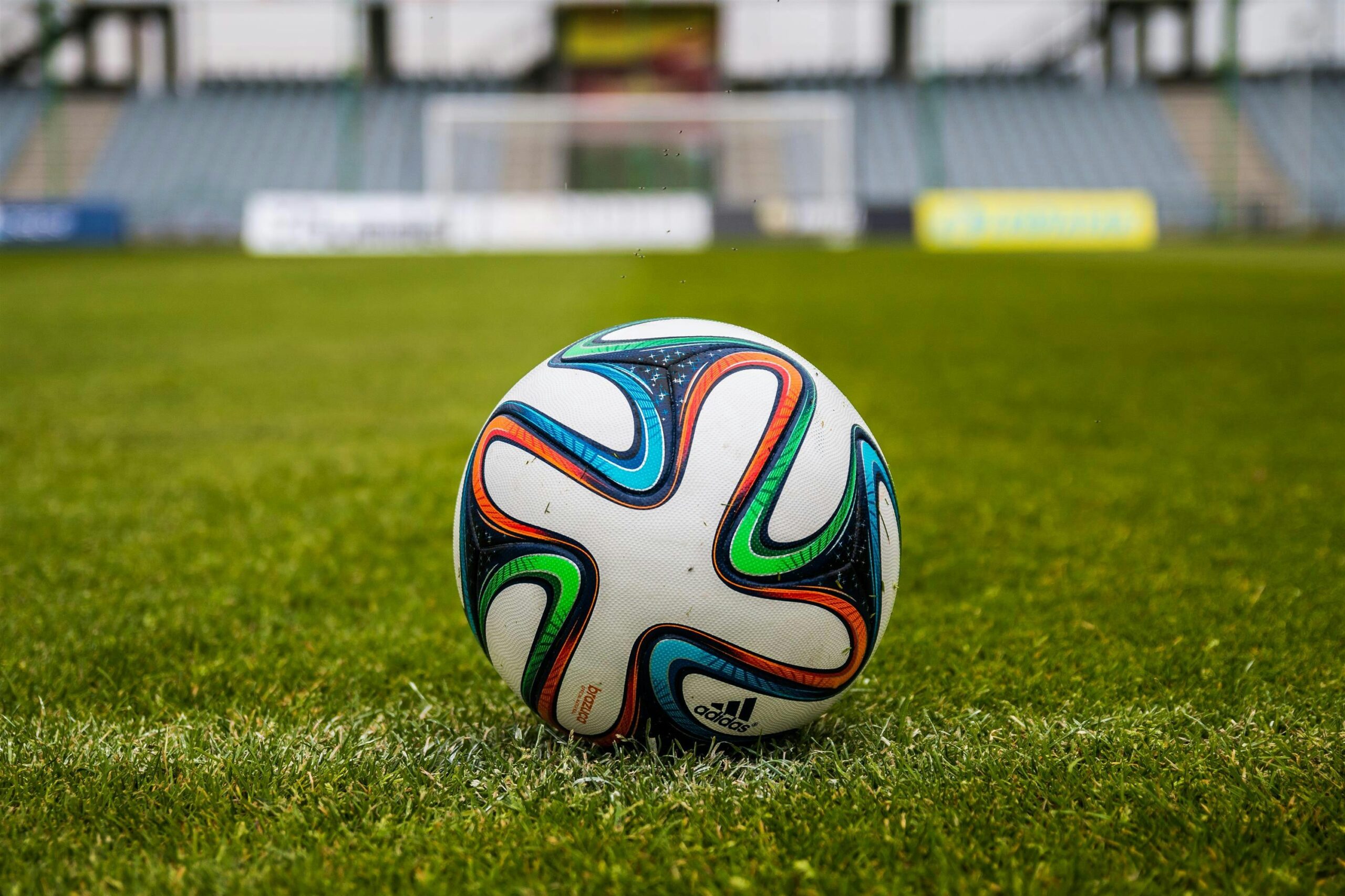
The FIFA World Cup is the most viewed sports event in the world, bringing together countries from around the world every four years. As a truly colossus in the world of sports, it galvanises nations when their team does well and it never fails to produce a multitude of story lines rich in emotion.
Given the global TV audience and the interest it generates amongst core and casual fans, it has become one of the most sought-after promotional platforms for global brands. One company which has aligned itself with the event over many decades is Coca-Cola.
In 1999, FIFA’s marketing agent at the time, Swiss based ISL, started negotiations with Coca-Cola to renew their association with all of FIFA’s events over an eight-year period. Prior to 1999, partnership agreements followed one FIFA World Cup cycle of four years.
ISL entered the negotiations with some significant leverage to increase the value of the commercial rights. Not only had the FIFA World Cup grown exponentially as both a TV and consumer promotional platform – amongst a sports world full of hyperbolic TV data, the FIFA World Cup Final genuinely attracted around 1 billion individual viewers – ISL also had the “PepsiCo BATNA.” In other words, if Coca-Cola decided to play hardball, it was almost certain that PepsiCo would take their place in the non-alcoholic drinks product category.
Neither FIFA nor ISL was in private keen to play the PepsiCo card and indeed mentioning that option to Coca-Cola as a means of coercion was an absolute no-no.
Sitting around an elegant oak conference table at Coca-Cola’s headquarters in Atlanta – in the centre of which was a large ice-bucket with the full gamut of Coca-Cola’s products ready to consume – Coca-Cola took the initiative by making a superbly prepared opening statement. This immediately set the tone for the entire negotiation and effectively eliminated the PepsiCo threat from the equation.
Coca-Cola’s opening statement went like this:
“We have associated the Coca-Cola brand with FIFA for five decades evolving our association from stadium advertiser in 1950 to official global sponsor of the FIFA World Cup, to official global partner of all FIFA events. We would like to continue our partnership with FIFA and all of its events and enter into a new twenty-year agreement.
…….Our plan is to consistently create consumer excitement around FIFA events at retail with an array of promotional activities, we will put in place the structures and systems to refresh fans at the stadiums and in the host cities with our products, we will advertise above-the-line in more than 100 countries and we will engage our employees, our bottlers and our commercial partners with a wide range of FIFA World Cup themed activities.
…….Effectively, we want this to be our global flag-ship association with sports. We have extrapolated out what we need to invest in promotional activities and the return we need in order for our Management Board to give its approval. As such, for a product category exclusive twenty-year partnership with FIFA and all of its events, we are ready to pay X million dollars.”
By candidly expressing their desire to renew, revealing their interests in a logical manner and then supporting those interests with specific data points, Coca-Cola set the tone for reasonableness and put a firm financial anchor in the ground. From the outset, there was little doubt as to whether or not they wanted to continue. In fact, they increased the stakes by stating their desire for a twenty-year agreement and they were very explicit in saying what activation they would undertake which would simultaneously promote themselves and FIFA. Their openness and willingness to collaborate, immediately took the PepsiCo option off the table. The initial numbers Coca-Cola presented needed some work, as did the exact contractual arrangement, but an eight-year deal was signed and announced within less than six weeks. Both sides walked away incredibly happy.
As a post script, in 2005, FIFA and Coca-Cola extended their partnership for another 16 years, from 2007 until 2022.